You must eliminate or minimise health and safety risks at work, so far as is reasonably practicable, including when workers are working from home. Common hazards workers may be exposed to when working from home include:
- poor workstation set up (e.g. poor lighting)
- poor working environment (e.g. noise, inadequate heating or cooling, poor electrical safety)
- sedentary work
- trip/slip hazards (e.g. children’s toys or mess from home renovations)
- psychosocial hazards (e.g. high or low job demands, low job control, poor support, low role clarity or harmful behaviours such as online abuse)
- inadequate facilities (e.g. lack of ventilation or utility outages)
- fatigue (e.g. long hours, being ‘always on’)
- family and domestic violence, and
- working in remote areas or difficulty getting help from others.
You can manage WHS risks by using the four-step risk management process to:
- identify hazards
- assess the risks
- control the risks, and
- review and maintain control measures to ensure they are working as planned.
Home and living arrangements vary, and so do the risks. What you need to do to manage risks is also likely to vary. For more information on how to manage WHS risks when workers are working from home, see the resources below.
You must also consult with workers, and their health and safety representatives (HSRs) if they have them, about health and safety issues that may directly affect them. Effective consultation is important and can help you meet your WHS duty to ensure the health and safety of workers. This is because workers will often be the only person aware of the risks associated with their home working environment. You may also need their help to identify and assess the risks and identify and implement control measures.
